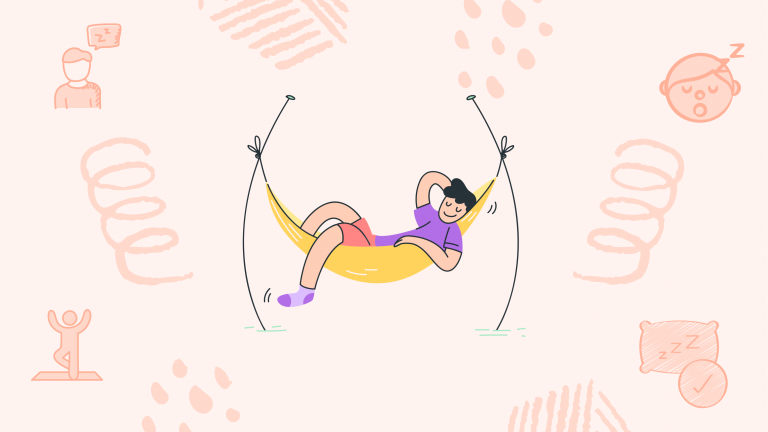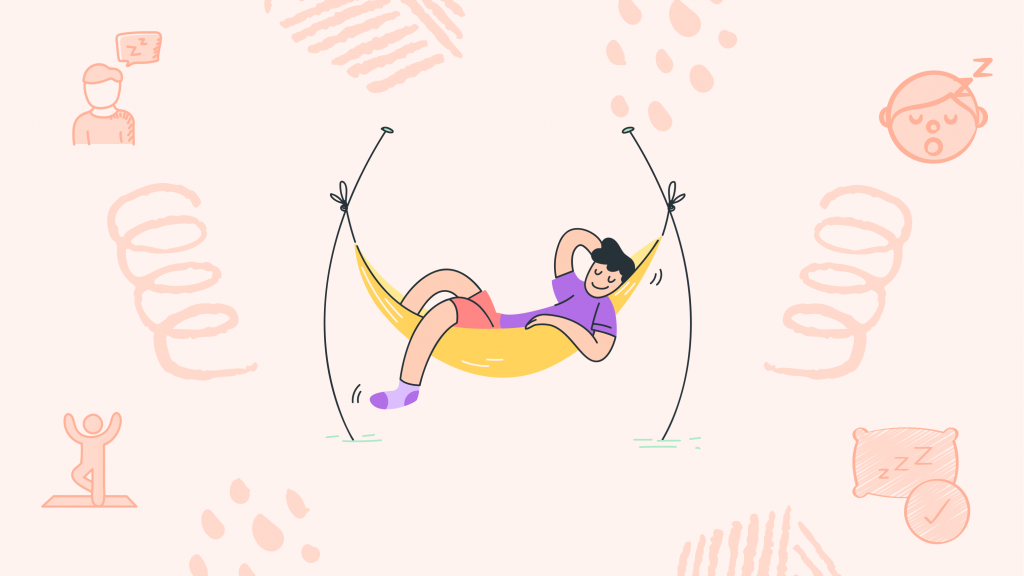The Struggle to Move
Oh, the Struggle to Move, right? It’s like we’re all caught up in this modern-day dilemma where the pace of life is zipping by, and squeezing in some good old exercise feels like a puzzle we can’t quite solve.
Picture this: most of us are glued to our chairs, with our world conveniently wrapped up in the glow of screens and the hum of technology. It’s no wonder that getting up and moving has taken a back seat!
It’s not just about being too lazy to hit the gym or take a stroll. Oh no, it’s way more tangled than that. We’re talking about a lifestyle that’s been shaped by the very fabric of modern living. Jobs that have us chained to desks, transport that whisks us from point
A to B without so much as a step in between, and leisure time that’s often spent scrolling through the endless digital cosmos. This isn’t just a personal choice; it’s a societal shift that’s made sitting the new norm and getting active the exception. Breaking free from this sedentary spell?
Now that’s a challenge that goes beyond just setting an alarm to stand up now and then.
The Science of Inactivity’s Grip
Physical inactivity not only affects our metabolism and mood but also has broader implications for our overall health. Sedentary behavior has been linked to an increased risk of chronic diseases such as type 2 diabetes, cardiovascular diseases, and certain types of cancer.
The decreased physical activity leads to reduced insulin sensitivity, which can elevate blood glucose levels and heighten the risk of diabetes. Similarly, lack of exercise can contribute to the development of hypertension and elevate cholesterol levels, compounding the risk of cardiovascular problems.
On a neurochemical level, prolonged inactivity can impact brain function and structure. Regular physical activity stimulates neurogenesis (the creation of new neurons) and helps in maintaining the integrity of brain circuits, enhancing cognitive functions like memory, attention, and problem-solving skills. In contrast, a sedentary lifestyle may slow these processes, potentially leading to cognitive decline over time.
The psychological impacts are equally significant. Exercise is known to combat stress and anxiety by reducing levels of the body’s stress hormones, such as adrenaline and cortisol. It also promotes the production of endorphins, often referred to as natural painkillers and mood elevators, which can create feelings of euphoria and general well-being, commonly known as the “runner’s high.”
Without regular physical activity, individuals may miss out on these natural mood enhancers, increasing the susceptibility to mental health issues.
Moreover, the sedentary cycle can affect sleep patterns, leading to insomnia or poor-quality sleep, which can further exacerbate feelings of tiredness and demotivation, creating a vicious cycle of inactivity and low energy levels.
In essence, the ramifications of physical inactivity extend far beyond just the visible aspects of health, affecting our metabolic, neurological, and psychological well-being. Breaking this cycle of inactivity is crucial for fostering a healthier, more vibrant life, both physically and mentally.
Subscribe to newsletter
Get your Gut Health Starter Guide right now.
Elevate your Tuesdays with practical, science-backed wisdom propelling you forward on your gut health journey.

Pathways to Movement
Breaking the sedentary cycle requires deliberate and manageable changes. Here’s how to start:
- Begin Small: Incorporate short bursts of activity into your daily routine. Even a five-minute walk or a quick stretch session counts.
- Set Realistic Goals: Establish achievable fitness goals to avoid feeling overwhelmed. Gradually increase the duration and intensity of your activities.
- Find Enjoyable Activities: Choose forms of exercise that you enjoy, whether it’s dancing, hiking, or playing a sport, to increase the likelihood of sticking with it.
- Create a Routine: Schedule specific times for physical activity and treat them as unmissable appointments.
- Utilize Technology: Fitness apps and wearable devices can help track progress and provide motivation.
A Journey From Static to Active
Sarah’s story embodies the transition from a sedentary lifestyle to an active one. “As a graphic designer, I spent hours in front of my computer. I felt sluggish and tired all the time,” she recalls. Sarah decided to make a change after her doctor warned her about the risks of inactivity.
She started with short walks during her lunch breaks and gradually explored other activities like yoga and cycling. “It wasn’t easy at first, but as I became more active, my energy levels soared, and I felt happier and more productive,” she shares.
Sarah’s transformation highlights the positive ripple effects of integrating physical activity into daily life. “Exercise became a part of my routine, not just for my physical health but for my mental well-being too. I’ve become more creative at work and enjoy a better quality of life.”


















